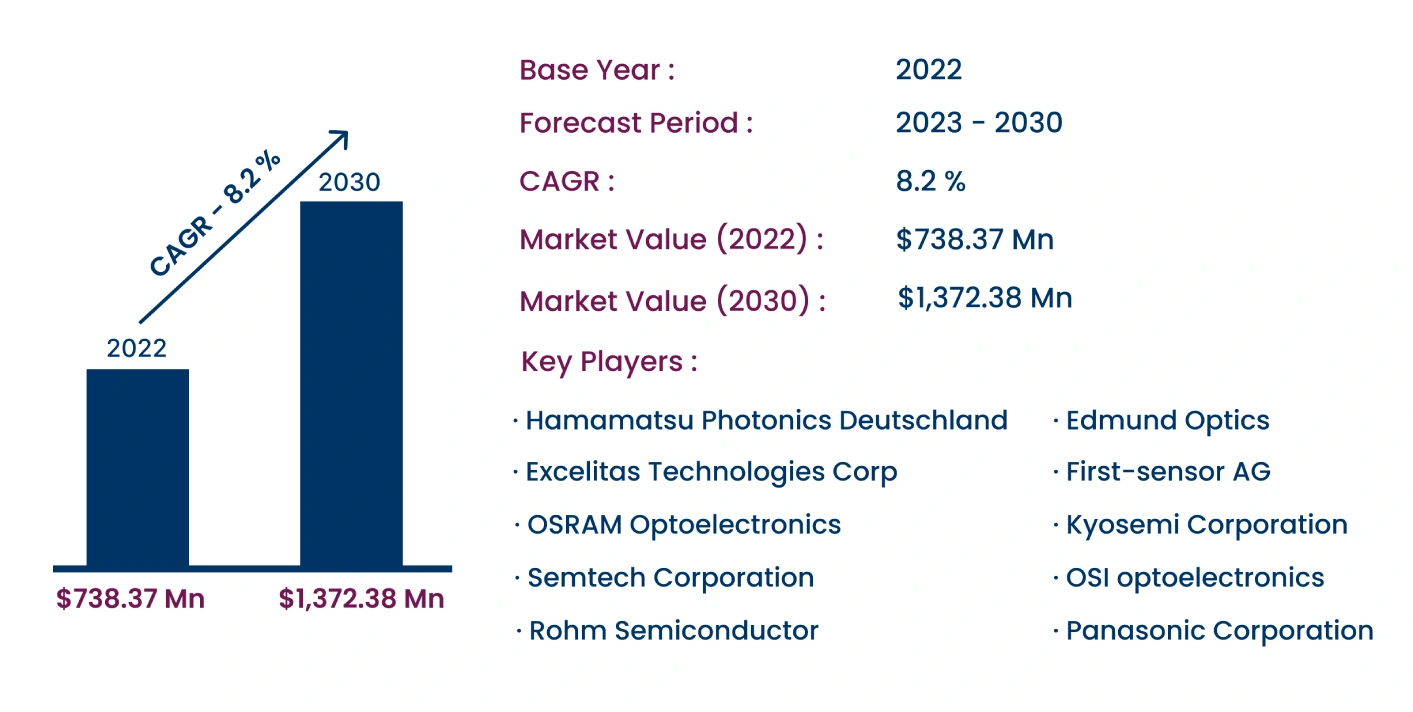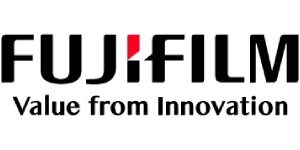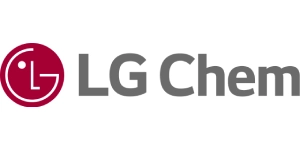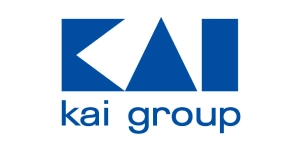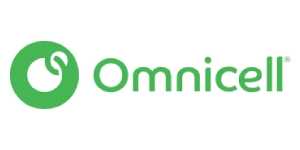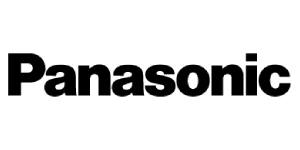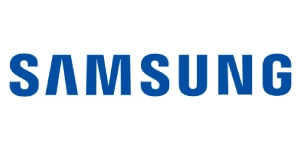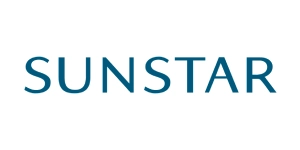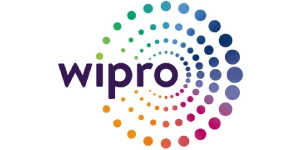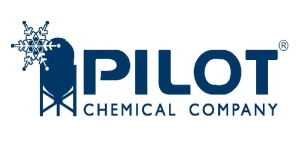Global Photodiode Market Predicted to Reach USD 1,372.38 Million by 2030
Category : Semiconductor And Electronics | Published Date : Jun 2024 | Type : Press Release
Photodiode Market Definition & Overview :
A photodiode is a semiconductor device that converts light energy into electric energy and is sensitive to light across a specific range of wavelengths. It is used across various industries for optical communication systems, light detection and ranging, and barcode readers.
Consegic Business Intelligence analyzes that the Global Photodiode Market was valued at USD 738.37 Million in 2022 and is expected to register a CAGR of 8.2% to reach USD 1,372.38 Million by 2030.
This report comprises Photodiode Market Size, Share & Industry Analysis, By Type(PIN Photodiode, PN Photodiode, Schottky Photodiode, and Avalanche Photodiode), By Material(Germanium, Silicon, Indium Gallium Arsenide, Gallium Phosphide, and Others), By Mode of Operation(Photoconductive Mode (Reverse Bias) and Photovoltaic Mode (Zero-Bias)), By End-User(Telecommunications, Aerospace & Defense, Healthcare, Automotive, Consumer Electronics, and Others), By Region(North America, Europe, Asia-Pacific, Latin America, and Middle East & Africa), and Forecast, 2023-2030.
This report contains detailed information on Photodiode Market Trends, Value, Growth Rate, Segmentation, Geographical Coverage, Company Profile, In-depth Expert Analysis, Revenue Forecast, Competitive Landscape, Growth Factors, Restraint or Challenges, Opportunities, Environment & Regulatory Landscape, PESTLE Analysis, PORTER Analysis, Key Technology Landscape, Value Chain Analysis, and Cost Analysis.
As per the report analysis, the growing demand for smartphones in consumer electronics and Advanced Driver-Assistance Systems (ADAS) in the automotive industry is driving the photodiode market growth. Photodiodes are used as light sensors in smartphones and for object detection, and distance measurement in the automotive industry.
Segmental Analysis :
The Photodiode Market is segmented into five major segments based on type, material, mode of operation, end-user, and region.
Based on type, the market is divided into PIN Photodiode, PN Photodiode, Schottky Photodiode, and Avalanche Photodiode.
- The PIN photodiode is expected to have the fastest CAGR from 2023 to 2031 and also hold the largest market share of 37.4% in 2022 due to its high sensitivity and ability to detect low-intensity light.
Based on the material, the market is segmented into Germanium, Silicon, Indium Gallium Arsenide, Gallium Phosphide, and others.
- The largest market share in 2022 was held by silicon, as it possesses properties like moderate bandgap, is less expensive, and does not require a dedicated power supply.
- In the forecasted period, the Indium Gallium Arsenide photodiodes are expected to witness the fastest CAGR due to their sensitivity in the near-infrared spectrum, and rising application in telecommunications, and spectroscopy.
On the basis of the mode of operation, the market is bifurcated into Photoconductive Mode (Reverse Bias) and Photovoltaic Mode (Zero-Bias).
- In 2022, the photovoltaic mode accumulated the largest part of the market due to the independence of photovoltaic mode photodiodes on the external bias.
- The photoconductive mode is expected to register the fastest CAGR during the forecasted period due to its advantages over photovoltaic like higher sensitivity and amplification.
Based on end-users, the market is categorized into Telecommunications, Aerospace & Defense, Healthcare, Automotive, Consumer Electronics, and Others.
- The telecommunications industry held the largest market share in 2022 due to the vast applications of photodiodes in the industry such as the conversion of optical signals to electrical signals, receiving and transmitting signals.
- The consumer electronics segment is anticipated to witness the fastest CAGR from 2023 to 2031 due to the rise of photodiodes usage in electronic devices for ambient light sensing and proximity sensing.
By region, the market is segregated into regions including North America, Europe, Asia Pacific, Middle East and Africa, and Latin America.
- In 2022, the Asia-Pacific region accounted for the largest market share valued at USD 276.89 Million and is also expected to register the fastest CAGR of 8.5% to reach USD 525.62 Million in 2030.
- China alone held the maximum revenue share of 33.40% in 2022 due to the rise in manufacturing industries in recent years.
| Report Attributes | Report Details |
| By Type | PIN Photodiode, PN Photodiode, Schottky Photodiode, and Avalanche Photodiode |
| By Material | Germanium, Silicon, Indium Gallium Arsenide, Gallium Phosphide, and Others |
| By Mode of Operation | Photoconductive Mode (Reverse Bias) and Photovoltaic Mode (Zero-Bias) |
| By End-User | Telecommunications, Aerospace & Defense, Healthcare, Automotive, Consumer Electronics, and Others |
| By Region | North America(U.S., Canada, Mexico) Europe(U.K., Germany, France, Spain, Italy, Russia, Benelux, Rest of Europe) APAC(China, South Korea, Japan, India, Australia, ASEAN, Rest of Asia-Pacific) Middle East & Africa(GCC, Turkey, South Africa, Rest of MEA) LATAM(Brazil, Argentina, Chile, Rest of LATAM) |
Top Key Players & Competitive Landscape :
The competitive landscape encompasses major innovators, aftermarket service providers, industry giants, and niche players, all of which are thoroughly examined by Consegic Business Intelligence in terms of their strengths, weaknesses, and value-addition potential. Additionally, this report includes detailed profiles of key players, market share analysis, mergers and acquisitions, resulting market fragmentation, and emerging partnership trends and dynamics.
List of prominent players in the Photodiode Industry :
- Edmund Optics
- Excelitas Technologies Corp
- First-sensor AG
- Marktech Optoelectronics, Inc.
- Hamamatsu Photonics Deutschland
- Panasonic Corporation
- Kyoto Semiconductor Co., Ltd.
- Kyosemi Corporation
- OSI optoelectronics
- OSRAM Optoelectronics
- Rohm Semiconductor
- Semtech Corporation
Recent Industry Developments :
- In February 2020, Panasonic Corporation introduced a time-of-flight image sensor with an advanced avalanche photodiode of one million pixels that offers high resolution and sensitivity.
- In March 2021, INB-CNM launched 36 satellites with silicon photodiodes used in solar tracking sensors.
